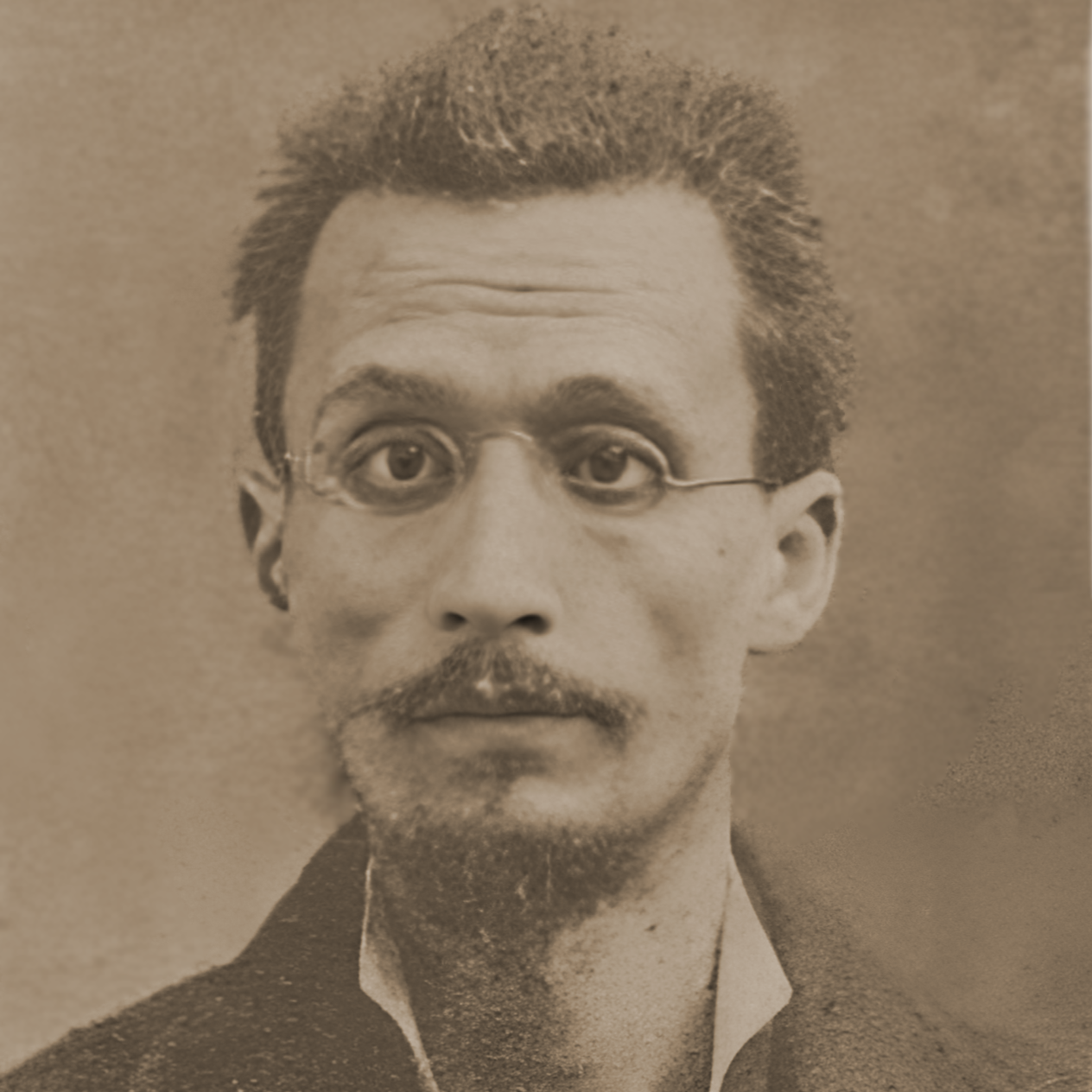
1849 - 1924
Félix‑Albert Pel
Summary
Name:
Félix‑Albert PelNickname:
The Watchmaker of MontreuilYears Active:
1872 - 1884Birth:
June 12, 1849Status:
DeceasedClass:
Serial KillerVictims:
1-4Method:
PoisoningDeath:
June 09, 1924Nationality:
France
1849 - 1924
Félix‑Albert Pel
Summary: Serial Killer
Name:
Félix‑Albert PelNickname:
The Watchmaker of MontreuilStatus:
DeceasedVictims:
1-4Method:
PoisoningNationality:
FranceBirth:
June 12, 1849Death:
June 09, 1924Years Active:
1872 - 1884Date Convicted:
August 14, 1885bio
Félix‑Albert Pel was born on June 12, 1849 in Grand‑Cœur (Savoie), to a watchmaker father and merchant mother, who separated early on under scandalous circumstances. Pel often questioned whether he was truly his father’s son, owing to rumors surrounding his mother’s infidelity. Raised first by his father in Bourg‑Saint‑Maurice and later guided to Paris by a paternal uncle, Pel apprenticed under respected watchmakers before opening his own shop in northeast Paris around 1869. Neighbors like Miss Reichenbach noted his apparent coldness toward his mother.
Pel’s attempt at a stable life was marked by deception and fantasy: he claimed to be a teacher, organist, and awarded intellectual without credentials. His erratic behavior culminated in a delusional breakdown in 1877 when, after threatening a creditor with a gun, he was confined briefly to Sainte‑Anne asylum, but deemed fully recovered.
Pel then bounced through careers like pastry, advertising, theater management, and eventually assumed the alias “Cuvillier” to evade creditors. Settling in Les Ternes, he immersed himself in chemistry and physics, presenting himself as a doctor. His mistress, seamstress Eugénie Meyer, became ill mysteriously in 1880, then vanished. Bloodstains, a bloody carpet, and strange behavior spurred a brief investigation. Pel simply moved on, opened a new workshop, and remained under the radar.
murder story
In early August 1872, Pel’s mother fell ill with violent abdominal pain and difficulties breathing. A single physician visit concluded with a diagnosis of “chronic bronchitis.” When she died on August 26, Pel’s reaction was chillingly indifferent—reports say he simply exclaimed, “She’s gone!” He forbade any formal vigil or burial rites, prompting neighbors to whisper that he might’ve been rifling through the house, searching for valuables while grief was feigned.
One year later, Pel’s father died in Bourg-Saint-Maurice. Pel, who had stayed in Paris, returned coldly, donned in a red ribbon, he collected an inheritance of ~25,000 francs and quipped, “I’m a big shot in Paris! Make sure you come to my Sorbonne course.” His lack of grief drew raised eyebrows.
Over the next few years, Pel drifted through self-styled roles, a math teacher at Lycée Saint-Louis, a rhetoric expert, an organist at Trinity Church, each title unbacked by credentials. He adorned himself with fake awards and even claimed his mother was accidentally electrocuted by a coil he built. His unraveling reached a peak in October 1877: after a debt dispute, he threatened the creditor with a firearm, was confined for incoherent ramblings, and sent to Sainte-Anne asylum. Medically declared “cured” after a month, he resumed life as if nothing happened.
In 1880, Pel shared a home with mistress Eugénie Meyer and maid Marie Mahoin. Both fell severely ill, including vomiting, diarrhea, and relentless thirst. Meyer disappeared mysteriously during Mahoin’s brief hospitalization. When Mahoin returned, Pel shut her out, yet later permitted her to collect her belongings. Bloodstains on walls and a hidden bloody carpet were later discovered in the garden, but no body was found. The investigation fizzled with insufficient evidence.
Pel married Eugénie Buffereau on August 26, 1880. A month later, she became gravely ill, vomiting, parched throat, weakness, and died on October 24. Initial medical assessment suspected acute gastroenteritis. Years later, her exhumed remains tested high for arsenic. Pel defended himself, claiming she had regularly taken Fowler’s solution, a known arsenic-based remedy.
Pel then partnered with Élise Boehmer in Montreuil; when her funds dried up, he allegedly began poisoning her. On July 12, 1884, she died under suspicious circumstances. Neighbors reported blacked-out windows, overpowering kitchen odors, and fires blazing all night. Some saw Pel naked and sweating while stoking the oven. The next morning, bedding was disarrayed, bleach scents lingered, and Boehmer was gone. Pel claimed she simply left in a carriage he had dispatched. His suspicious behavior triggered arrest on July 17, 1884, for multiple poisoning counts.
Pel’s trial began on June 11, 1885. After three days and heavy expert testimony from over 50 witnesses, the jury found him not guilty of poisoning Buffereau but guilty of Boehmer’s murder. He was sentenced to death on June 13. However, a legal technicality (a flawed jury member) overturned the verdict. In a retrial held in August, he was again found guilty, but with mitigating circumstances, resulting in a life sentence of hard labor in New Caledonia. He died in prison on June 9, 1924, three days before his 75th birthday.